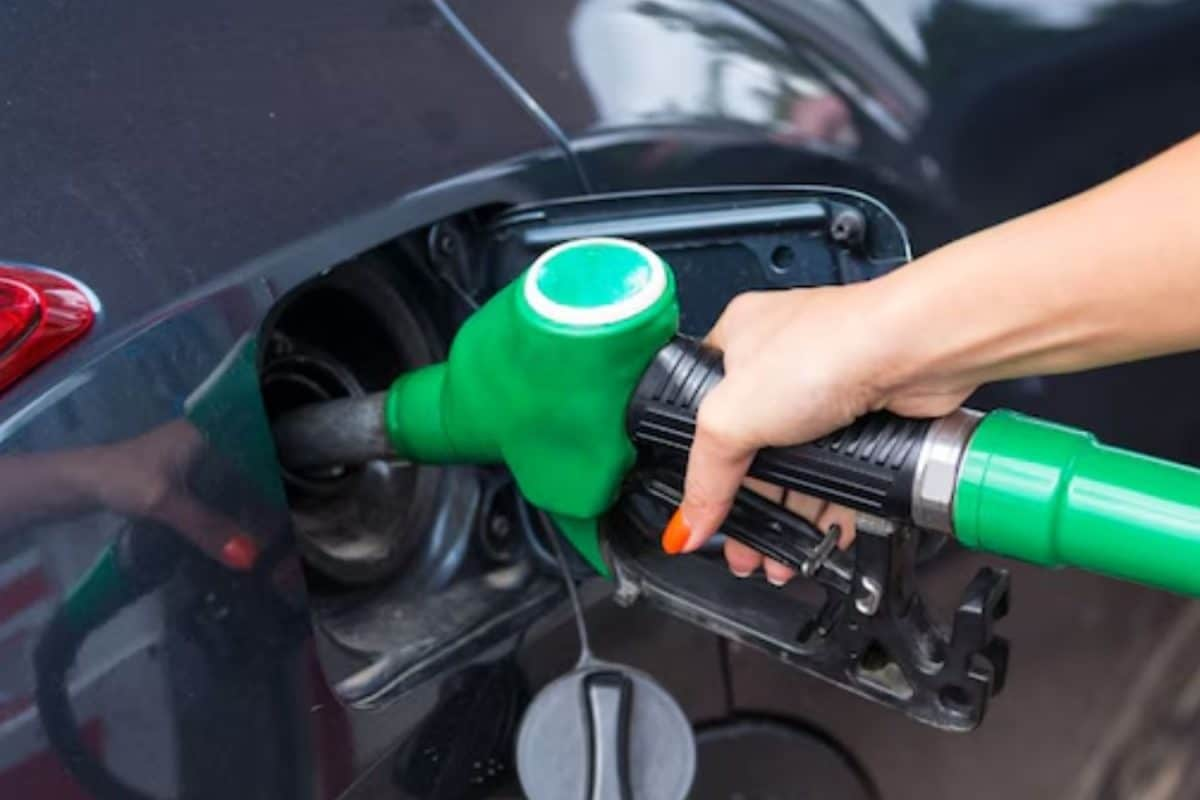

As of August 5, 2025, consumers are seeing adjustments in petrol and diesel prices across various regions. Several factors contribute to these fluctuations, including global supply disruptions, geopolitical tensions, and domestic market dynamics.
Global Factors Influencing Fuel Prices
Ongoing sanctions against Russia and Iran by the United States continue to disrupt the global fuel supply, creating upward pressure on prices. Concerns over potentially stricter sanctions on Russia, including possible tariffs on countries purchasing Russian oil, further exacerbate the situation. The United States has even warned India about potential penalties for continuing to buy Russian oil. Should the US target China's Russian oil imports, the global supply could tighten even more. Adding to the complexity, diesel supply and US gasoline stockpiles have declined due to increased summer demand.
However, there's potential relief on the horizon. OPEC+, composed of oil-producing countries, has increased its oil supply by 547,000 barrels per day for the coming month, suggesting a possible increase in fuel output soon. Geopolitical tensions, such as those between Israel and Iran, also contribute to the volatility in international crude oil prices.
Regional Price Variations
In India, fuel prices vary significantly from state to state due to factors like local taxes (Value Added Tax or VAT), transportation costs, and local regulations. Excise duty, however, remains consistent across all states. As of August 5, 2025, the highest petrol rates in India were recorded in Andhra Pradesh at Rs 109.57 per liter, while the lowest were in Dadra and Nagar Haveli at Rs 92.51 per liter. For diesel, Bhubaneshwar has the highest price at Rs 92.55 per liter, while Itanagar has the lowest at Rs 80.16 per liter. In Delhi, diesel prices remained stable at Rs 87.62 per liter throughout July and early August. Similarly, in Chandigarh, petrol prices have remained unchanged at Rs 94.24 per liter.
In South Africa, a mixed outlook prevails, with petrol prices expected to decrease while diesel costs are projected to rise. Specifically, 95 unleaded petrol is expected to drop by 29 cents per liter, while diesel prices may increase by up to 66 cents per liter.
In the Philippines, a substantial increase in fuel prices is expected, with gasoline rising by ₱1.90 per liter and diesel by ₱1.20 per liter. Some companies, like Caltex, will increase gasoline prices by P1.30 per liter and diesel by P0.90 per liter. These increases are attributed to global oil supply fears and the impact of US sanctions on Russia and Iran.
Impact and Responses
These rising fuel costs have a wide-ranging impact. In areas declared under a state of calamity, oil firms have committed to a 15-day price freeze covering kerosene, liquefied petroleum gas, gasoline, and diesel. Motorists are advised to stay informed about these price fluctuations and plan their fuel consumption accordingly. Consumers can track daily price changes through mobile apps offered by oil marketing companies.
Overall, the global fuel market remains dynamic, influenced by a complex interplay of geopolitical events, supply chain dynamics, and regional policies.